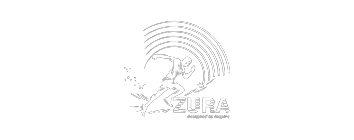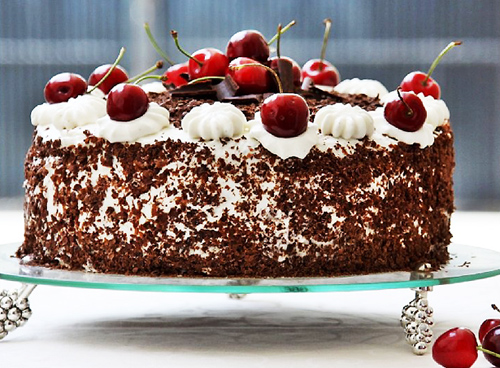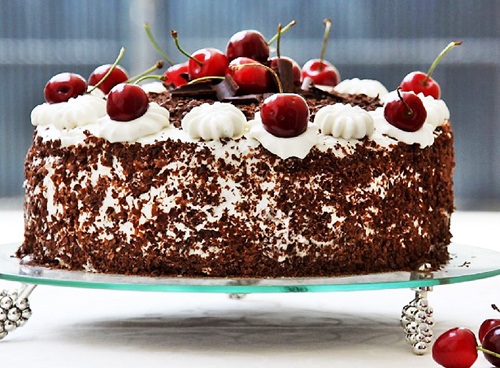Stage 2 – Identifying Sugars.
Now that the mental preparation has been done to beat sugar, let’s identify sugars that are added. Now that’s easy.
- When you are having your coffee or tea, see how many teaspoons you are adding per cup.
- When having soft drinks, juices, milk shakes, smoothies from cafe’s, cakes, biscuits, muesli bars, cereals, jams, marmalades, whipped cream, chocolates etc.
- When you are cooking, watch how much sugar you are adding to your food
Identifying hidden Sugars.
- These are usually in sauces e.g. tomato sauce, BBQ sauce, readymade paste for Thai cooking, Indian, Italian etc.
- Fruits canned in syrup
- Preserved foods like tinned lentils, tomatoes, carrots, fruit juices, and pickled jars. Anything that is canned or pickled has high sugar and salt.
To remove all of this at once would be very hard, so we will reduced this in a weeks’ time. Be very cautious when you are going for your shopping. Always try and purchase fresh foods instead of canned. Avoid foods that do not contain any necessary nutrients – for example, soft drinks and confectionery, biscuits and pastries. Limit cakes and sugary desserts. Read the ingredient list on breakfast cereals. Best sugar-free choices include oats or a quality muesli (check the ingredient list rather than the total sugars as this will include naturally occurring sugars in dried fruit), or any wholegrain product with less than 3% total sugars. Read the ingredient list on products such as marinades and sauces. If sugar occurs as one of the first three ingredients, look for a healthier choice or make your own ‘from scratch’ using wine, different flavoured vinegars (for example cider or balsamic) plus extra virgin olive oil, any herbs or spices or garlic or onion. Choose natural yoghurt and add your own fruit.
Foods to enjoy
- Fruit: any and all fresh fruit
- Vegetables: any and all fresh vegetables
- Fish: fresh, canned in water or olive oil
- Lean red meat, chicken (without the skin). Limit to two serves per week.
- Legumes: dried or canned, such as kidney beans, chickpeas, lentils
- Eggs: preferably organic
- Olive oil (preferably extra virgin), Coconut oil (unprocessed)
- Nuts: raw unsalted almonds, walnuts, macadamias and cashews
- Seeds: raw unsalted sesame, pumpkin and sunflower seeds
- Green tea, white tea, weak black tea (decaffeinated)
- Water: from one to three litres of water per day
- Avoid foods that do not contain any necessary nutrients – for example, soft drinks and confectionery, biscuits and pastries.
The most important thing when you are going through stage 2 is not to beat yourself up if you slip – you simply pick up and continue the next day. If you follow above plan it should really help you. Be realistic, make sure you have something sweet but free of refined sugars in the fridge in case you get a craving. And NEVER make a meal out of it. Human body is very intelligent. If you have been eating sugar for a while then it cannot be eliminated all at once. You simply trick your body by slowly reducing the intake. Have a time frame, from 2 weeks – 4 weeks. By the time you are on your fourth week, you should be taking sugar to its minimum intake. You should be simply in control. Remember, always indulge, but within reason.

Read more on looking after yourself Your Best Body – Your Best Lifestyle Diet According To Your Body Type and Goals (Your Best Body Book 2)
We will focus on 3rd stage next time
Written by
Manoj Kumar
www.zura.com.au



